- Write by:
-
Monday, December 20, 2021 - 12:45:27
-
606 Visit
-
Print
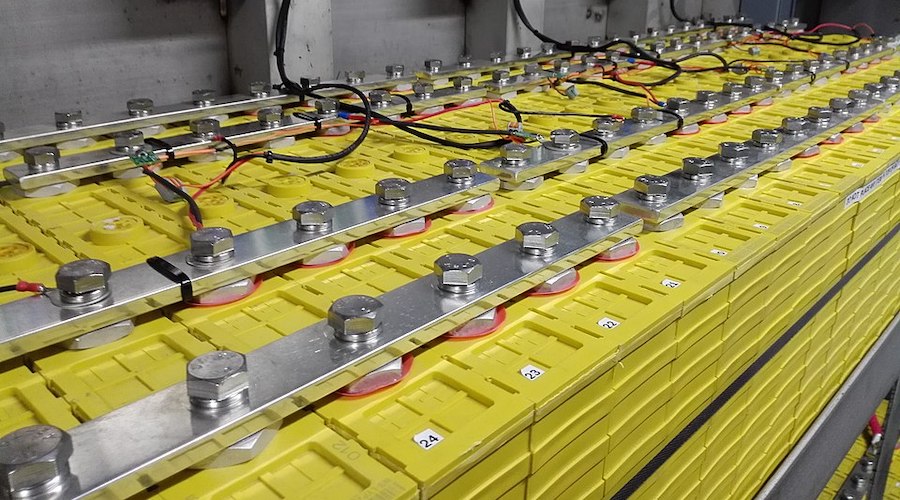
Mining News Pro - A new report by IDTechEx forecasts the market for non-lithium battery chemistries in stationary storage to grow at a CAGR of 61% between 2022-2032.
According to the market analyst, while Li-ion has been the dominant – non-pumped-hydro – storage technology over the past five years, particularly when it comes to longer duration energy storage, cheaper systems are required to provide storage economically without needing to access shorter duration, higher-value revenue streams such as from frequency regulation or peak shaving.
The report points out that such a need for cheaper systems is one of the main drivers behind the development of battery chemistries utilizing zinc, sodium, and iron as well as flow battery designs that are more easily scaled.
“By 2025, IDTechEx forecast non-lithium chemistries, including sodium-sulphur, redox-flow batteries, secondary Zn-based chemistries, and Na-ion, to account for over 10% of the stationary storage market by GWh (excluding pumped-hydro),” the document states.
The firm’s experts believe that, however, it is not just alternatives to lithium that will see a diversification of technology, but Li-ion technology itself.
In their view, the rising number of start-ups working on commercializing silicon and lithium-metal technology, often in conjunction with solid-state electrolytes, could finally shift demand away from graphite for battery anodes, particularly as issues of energy density and longevity are being addressed.
“IDTechEx forecast that demand for silicon anode material will grow at a CAGR of 45.2% from 2022-2032,” the report reads.
When it comes to cathode technology, the market researcher estimates that OEMs’ desire to shift away from cobalt and nickel stems from the possibility of supply bottlenecks for these critical materials. This means that lithium-iron-phosphate or LFP solutions are likely to recapture market share and expand into new territories, as are lithium-manganese-iron-phosphate or LMFP and lithium-nickel-manganese-oxide or LNMO chemistries.
“To date, Li-ion batteries have been the go-to technology for vehicle electrification and new stationary energy storage systems. However, the supply chain for Li-ion production is coming under increasing scrutiny with bottlenecks feasible during the second half of the 2020s, creating a potential opportunity for alternative battery chemistries not reliant on lithium, cobalt, or nickel,” the dossier states.
Short Link:
https://www.miningnews.ir/En/News/617282

Interros, Nornickel’s largest shareholder, on Monday called allegations by fellow shareholder Rusal about undervalued ...

AbraSilver Resource said on Monday it has received investments from both Kinross Gold and Central Puerto, Argentina’s ...
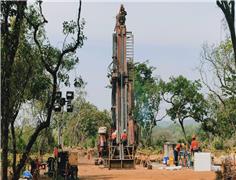
A prefeasibility study for Predictive Discovery’s (ASX: PDI) Bankan gold project in Guinea gives it a net present value ...

Chile’s state-run miner Codelco plans to select a partner for a future lithium project in one of the country’s top salt ...
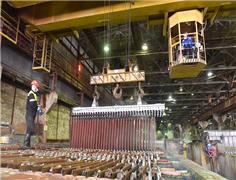
The London Metal Exchange (LME) on Saturday banned from its system Russian metal produced on or after April 13 to comply ...

Chile’s SQM called another investors meeting at the request of its second-largest shareholder, Tianqi Lithium Corp., ...
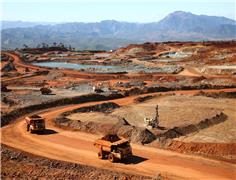
French mining group Eramet said on Wednesday it had reached an agreement with the French government to continue its ...
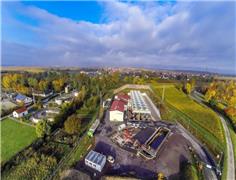
Lithium supplier Vulcan Energy on Wednesday announced the start of production of the first lithium chloride at its ...

A stuttering recovery in lithium prices is providing a fresh reminder of why the dramatic rally of recent years was ...
No comments have been posted yet ...